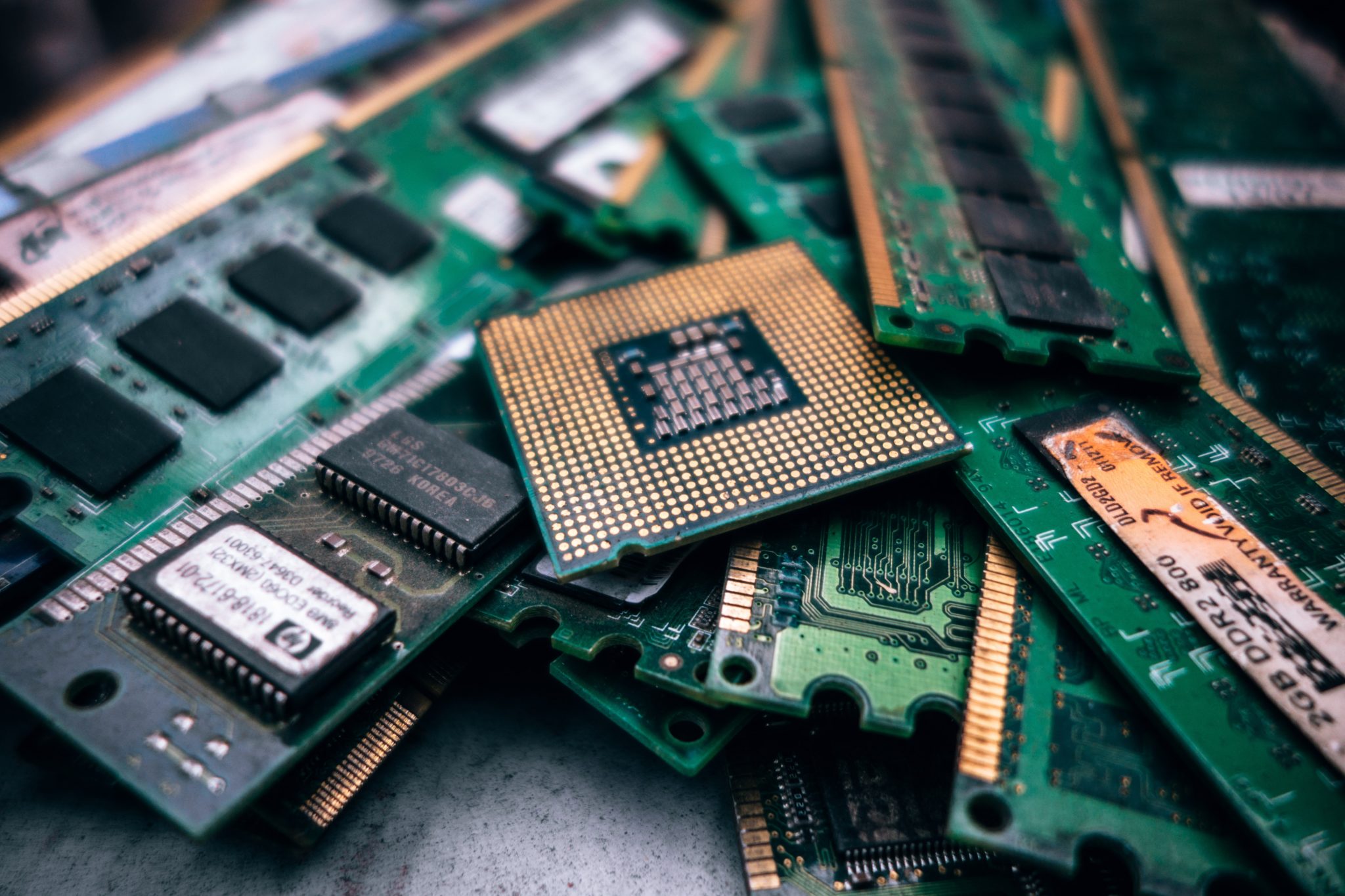The use of portal software to serve accounting clients benefits both accountants and customers. This innovative cloud platform gives accountants on-demand access to their customers’ documents while providing a workspace for productive employee-client collaboration.
The following information will give you further insights into how this technology saves time and secures your client’s data on a convenient, easy-to-access cloud platform.
The choice of software is important as it can mean the difference between efficient file management and unexpected operational setbacks. Therefore, the addition of customer portal software gives you the edge you need to meet your clients’ accounting and service requirements.
Selecting the Right Client Software for Accountants
Integrating a client portal software for accountants into your IT operations offers five key benefits. Not only does the software increase brand awareness, but it also helps you manage files and tasks, communicates better with employees and clients, and saves you time and money. The following information further explains these five advantages.
1. Highlight Your Brand
Impress your clients with your brand by white labeling your software. Doing so will allow anyone visiting your portal to easily identify your practice and review your services. Customize your software – choose your color scheme and underscore your business logo.
2. Manage Several Files Simultaneously
Do you have problems locating files? If so, portal software for accountants can keep all your files managed in one place so you can access them instantly.
The files archived in a portal application can assist you in handling a number of reports proficiently and easily. These documents include payroll, tax data, profit and loss information, and similar financial info.
You can retrieve multiple files as well as control document access. The system also allows you to share external files, as needed. All this is done in a secure virtual environment.
3. Plan and Organize Tasks More Efficiently
Not only can you access files quickly with a customer portal software program, but you can also enhance task management and organization. The use of a task management application enables you to expand your practice, allowing you to:
- Improve internal processes
- Schedule meetings and projects for employees and customers
- Keep track of upcoming deadlines
- Give progress updates
When you have this ability, both your employees and customers feel more engaged and confident. Organizing and prioritizing tasks lends to a more productive and satisfying workplace.
4. Enjoy Better Communication and Client Support
As an accounting practice, it is important to keep the line of communications open and transparent. This applies to both your clients and employees. Doing so supports solid connections and open and honest support.
When you use a customer portal, you immediately enjoy competitive advantages over other accounting firms. Why use email when your employees and clients can access one portal to collaborate on tasks?
5. Increase Your Revenue Stream
Make it easy for customers to pay for your services by including subscriptions to your portal software. Subscriptions allow you to receive ongoing payments each month. Customers like this feature, as it does not place them under any lengthy contractual obligations.
Final Analysis
You cannot run an accounting practice today without the proper software in place. That is why it is important to depend on portal software that you can share internally and with clients. Cut your operational costs, build your brand, and add to your influence in the accounting industry. The best way to do this is to choose software that is client-based.
Read Also:























